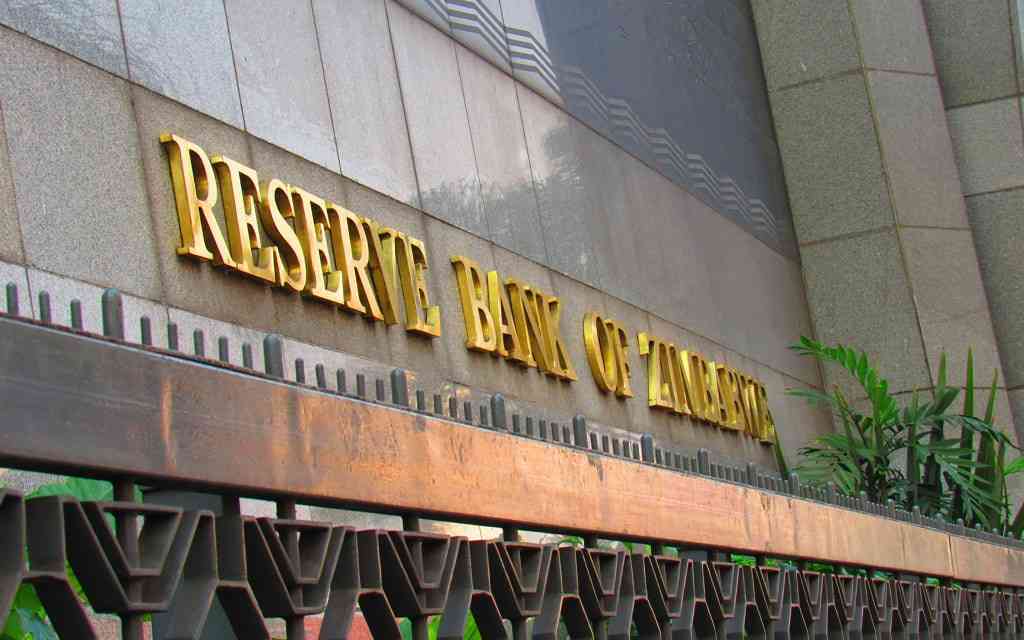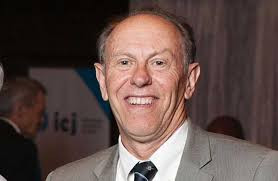
Last week, Reserve Bank of Zimbabwe (RBZ) governor John Mushayavanhu gave us insights into why monetary policy committee chiefs have been aggressive on the policy rate front.
At 35%, Zimbabwe’s policy rate is not only the world’s highest, but now suffocating an already fragile economy. It has stifled access to credit.
There will be a great deal of evaluations ahead, before the RBZ can reconsider its stance, which is generally meant to fight inflation.
We agree with Mushayavanhu on many of the points he brought up in the wide-ranging interview we had with him last week. But with companies pushed to the brink by a debilitating cash crunch, it could now be imperative for the central bank to reconsider this punitive rate, whose effect has been far-reaching and devastating.
The steep rate has pushed the cost of borrowing up, blocking companies from accessing credit from banks.
Small-to-medium sized enterprises (SMEs) — the backbone of an economy shattered by misrule and global isolation — have been the hardest hit. With limited access to credit, SMEs have struggled to invest, expand their operations and unlock the job opportunities that the country desperately needs.
Zimbabwe today grapples with crises ranging from drug addiction to unemployed graduates. According to a report by the Zimbabwe National Chamber of Commerce, industries can only absorb
3 000 from 27 000 new university graduates annually.
- Business opinion: Brand modification against rebranding of SMEs
- Handling scenarios not covered by IFRS
- Destination branding by tourism operators
- African mass food markets as bases for business identities
Keep Reading
Companies are struggling to pay debts. They are also struggling to pay their employees. The high policy rate has exacerbated a cash crunch already dreaded for sending many companies to the corporate graveyard.
With interest rates so high, businesses and individuals have been discouraged from borrowing, triggering an intensification of money supply challenges.
This has fuelled the cash crisis now manifesting through firm closures and a job market bloodbath.
The policy rate has had a negative impact on investment as well.
This is particularly concerning, given the country's desperate need for foreign investment to stimulate economic growth.
The high rate has undermined the government's efforts to rebuild the economy. It has stifled innovation and entrepreneurship.
This is a recipe for disaster, particularly in a country with over 90% unemployment.
It is worth noting that Zimbabwe’s high country risk has already muffled access to foreign credit. A high rate is akin to shooting oneself in the foot.
Rather than encouraging investment and economic growth, the policy rate is deterring progress. It is now the biggest hurdle to re-industrialisation. It is time the RBZ discontinues its hawkish policy stance and moves to an expansionary policy.
This must be twinned with plans on how to push back any inflationary pressures should they emerge. By doing so, the central bank can help stimulate economic growth, promote job creation, and alleviate the cash crunch crippling businesses.






